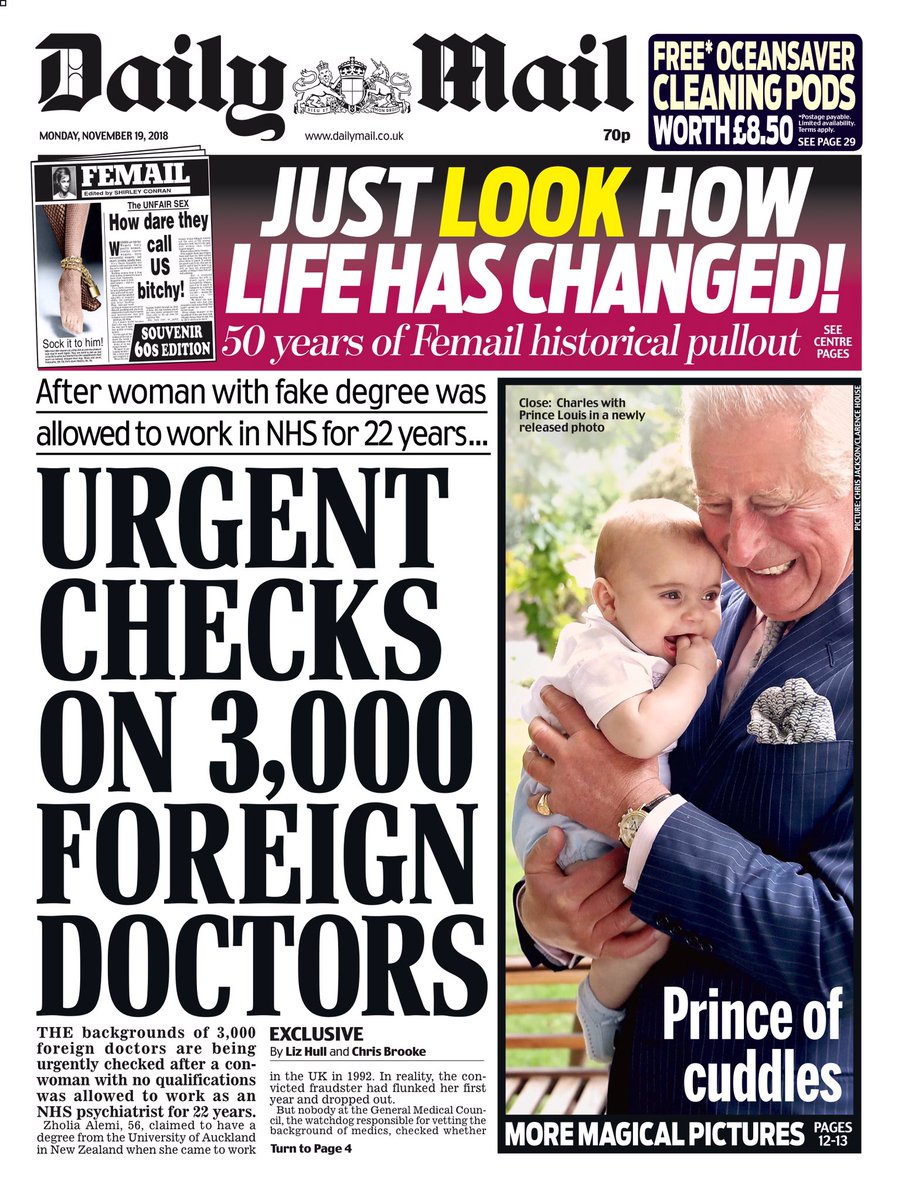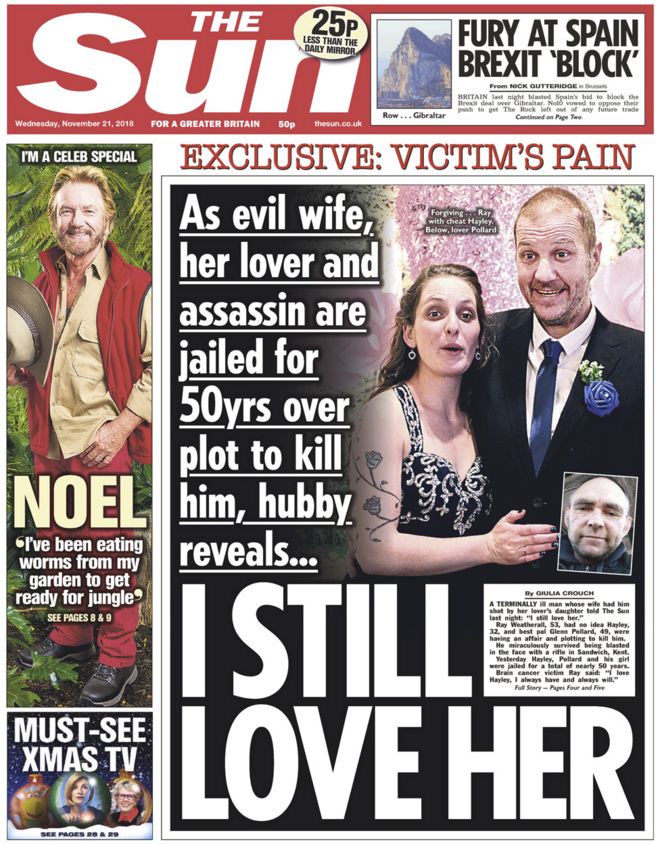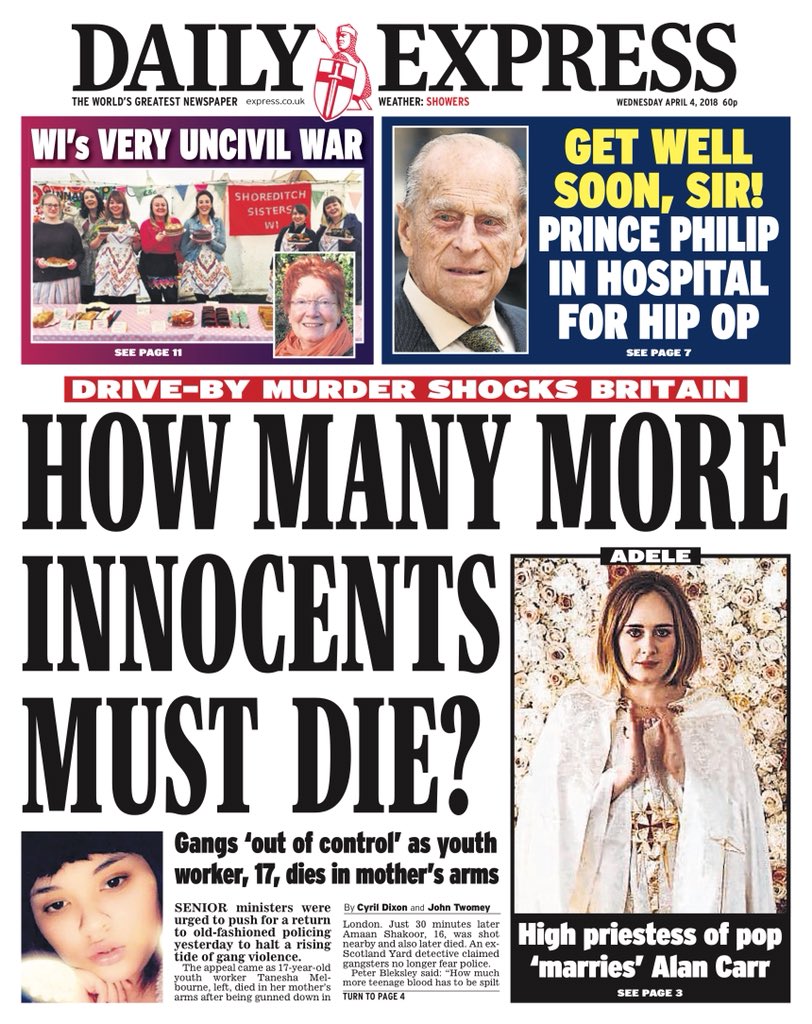We used the software Microsoft Publisher to create our front cover, it worked really well for our task as we could copy and paste easily and get all different shapes to put in to capture the real aspects of the Daily Mail covers. The hardest parts were to find the accurate fonts on the software which matched the closest to the original fonts.
This is a comparison to the guide we got given and the outcome i produced...








